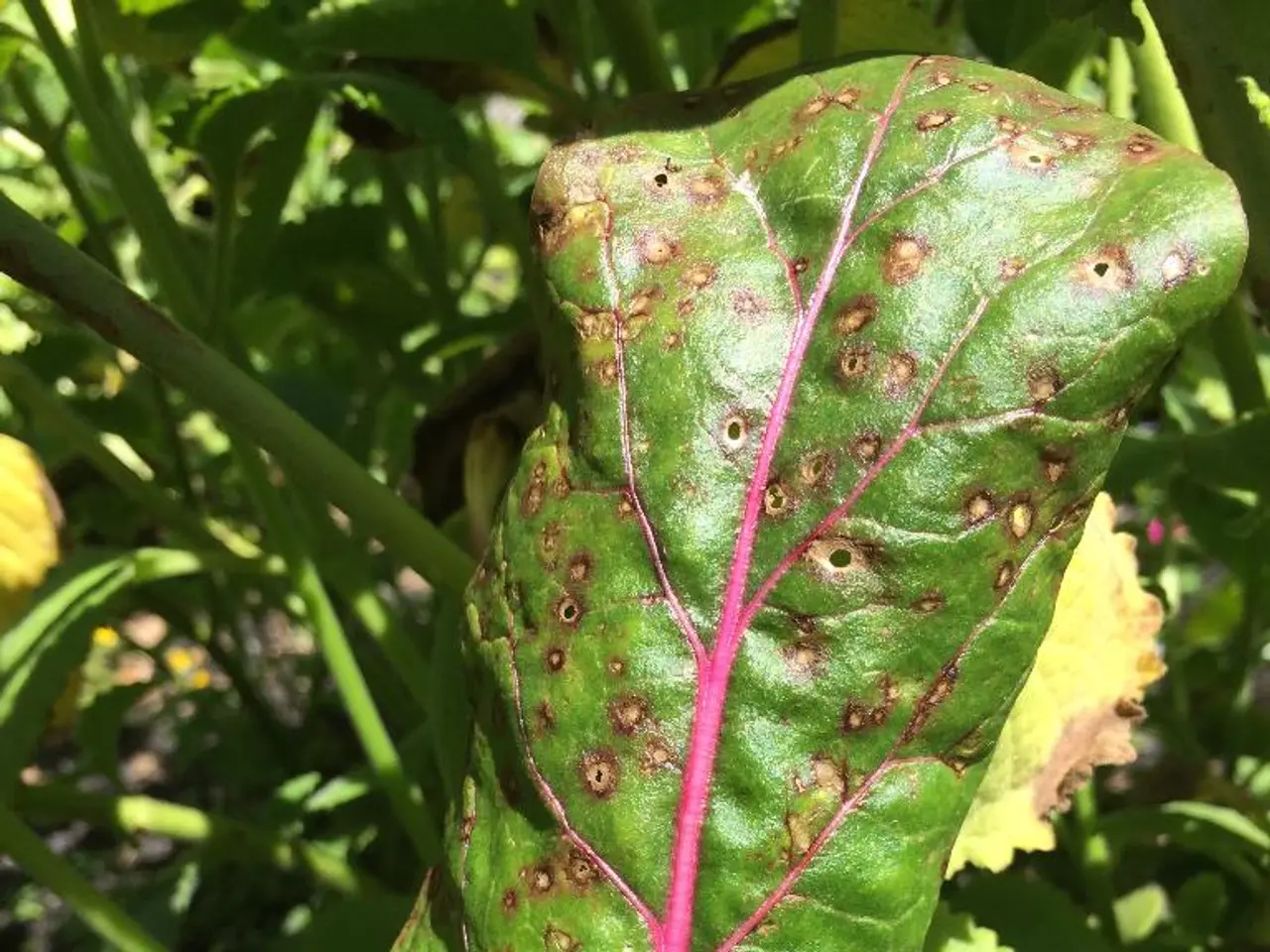Elm Tree Seeds' Marvels: Nature's Timeless Rarity
In the United States, the reintroduction and propagation of elm trees have gained a growing interest among local communities, environmental organizations, and enthusiasts. These iconic trees, known for their resilience and shade-providing qualities, are not only symbols of beauty but also crucial components of various ecosystems.
This article provides a step-by-step guide to cultivating and propagating elm tree seeds for conservation projects and urban green spaces.
Step 1: Seed Collection and Preparation
Collect mature elm seeds, often referred to as samaras, in the fall. These seeds require cold stratification, a process that mimics winter, to break dormancy and improve germination rates. Store the seeds in a cool, dry location until ready for planting.
Step 2: Cold Stratification
Place the seeds in a moist medium such as sand or peat moss inside a sealed container and refrigerate. This process simulates the natural winter conditions elm seeds need to germinate.
Step 3: Sowing Seeds
After stratification, sow the elm seeds about ¼ inch deep into well-draining, fertile soil. Plant them in pots or a nursery bed, spaced a few inches apart to allow room for growth. Keep the soil moist but not waterlogged.
Step 4: Optimal Conditions
Maintain a temperature of approximately 65-75°F (18-24°C) for germination. Elm seeds tend to germinate within 2-3 weeks under these conditions.
Step 5: Seedling Care and Transplanting
When seedlings reach about 4-6 inches tall and have several sets of leaves, they should be gradually acclimated to outdoor conditions (hardening off) over 7-10 days. Then, transplant seedlings into larger pots or directly into the ground, spacing them appropriately to accommodate their mature size.
Step 6: Long-Term Care
Elm trees thrive in well-prepared soil with good drainage and benefit from regular watering, pruning to maintain shape and health, and pest and disease management to ensure they remain strong and beautiful in landscapes.
By following these steps, enthusiasts across the US can contribute to the preservation of these iconic trees and the ecosystems they support. Educational institutions and botanical gardens can also utilize elm tree seeds as teaching tools to foster a deeper appreciation for the natural world and the importance of tree conservation.
Hands-on activities such as seed collection, propagation, and tree planting can inspire future generations to become stewards of the environment. It is our responsibility to preserve and propagate elm trees for future generations to enjoy.
Engaging in gardening activities can offer an opportunity to cultivate elm trees, as outlined in this guide for conservation projects and urban green spaces. By cultivating and propagating elm tree seeds, hobbyists can contribute to the growth of these iconic trees, as well as help maintain the balance of home-and-garden ecosystems. This hands-on approach not only allows avid gardeners to engage in a fulfilling lifestyle, but also encourages future generations to embrace a love for nature and the importance of tree conservation.





